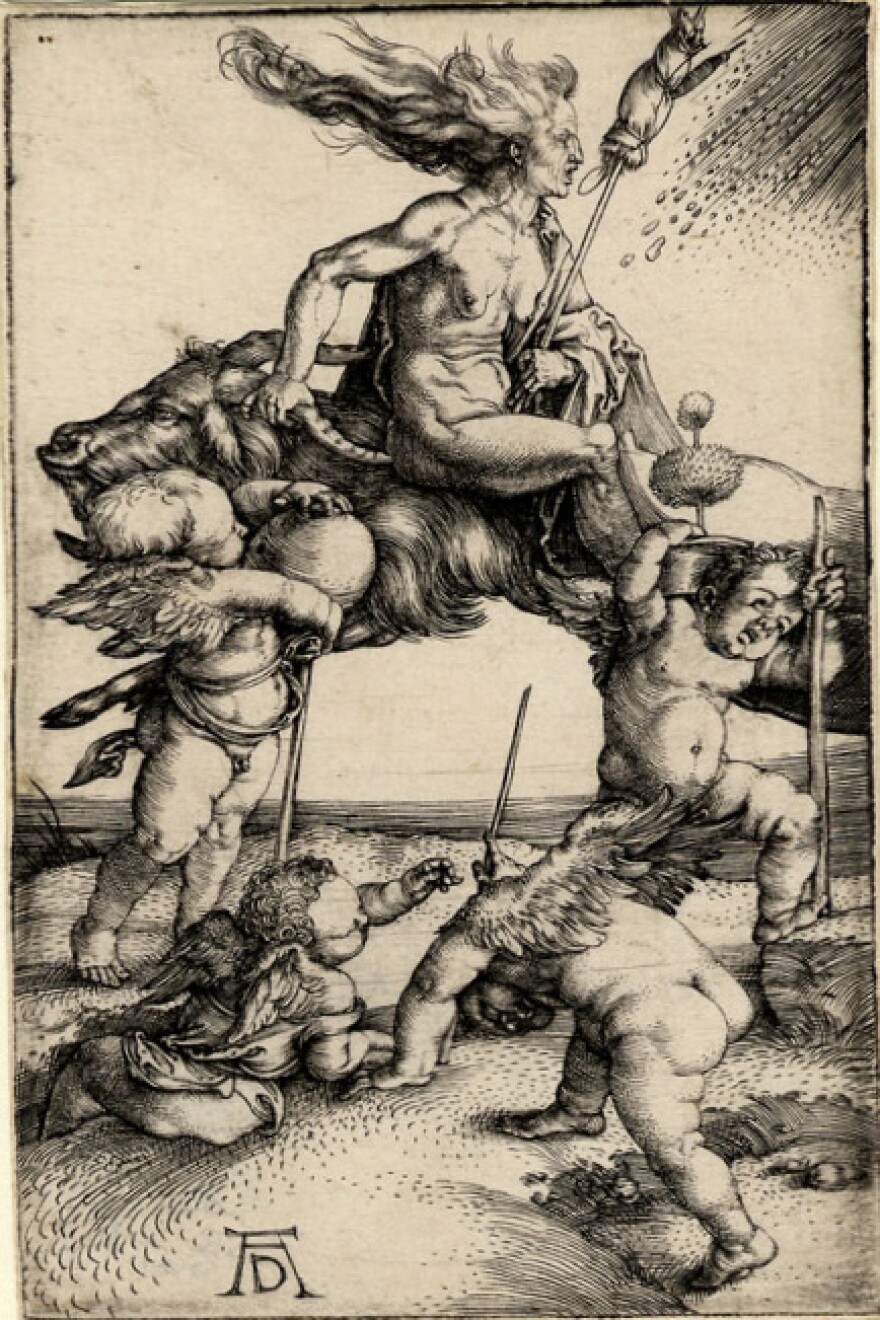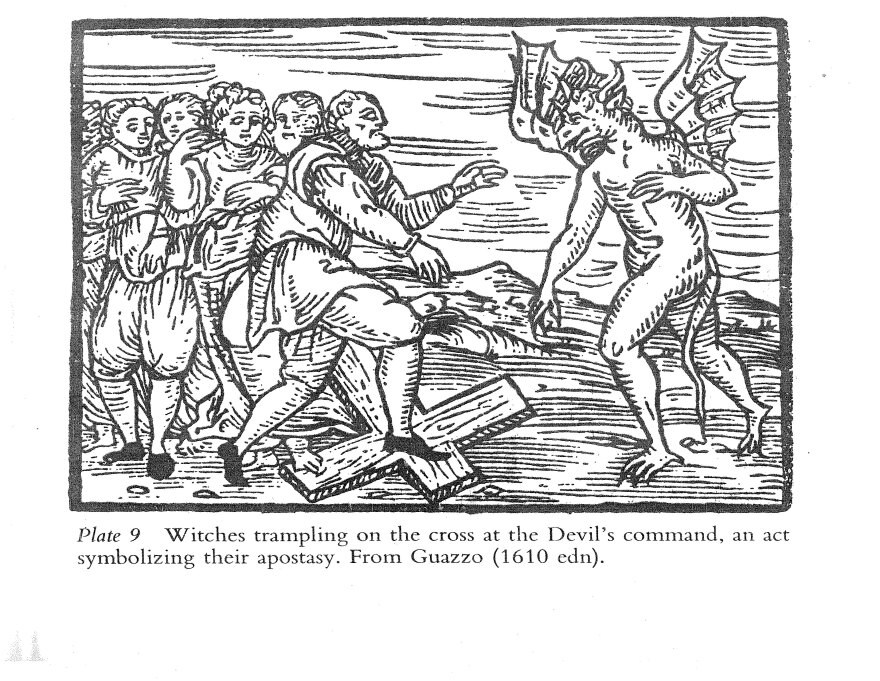[Advisory: Some of the content below maybe be considered graphic, bleak, and/or NSFW.]
In this episode of My Favorite Lecture, Humboldt State history professor Ben Marschke paints a vivid picture of the spiritual, social, and economic factors that surrounded the witch hunts that led to an estimated 100,000 witch trials and 50,000 executions over hundreds of years.
Demonology and epistemology collide as Marschke explores the "science" of witchcraft in the sixteenth century, placing witchcraft in the context of contemporary anxieties about gender, sexuality, and fertility.
You'll learn about popular handbook Malleus Maleficarum, which was basically the Oxford English Dictionary of how to spot, hunt, and try witches.

Welcome to the worldview in Europe during the 16th century. Magic, superstition and religion were understood to be well-documented phenomena, says Marschke.
"Witchcraft was real in the 16th, 17th, and even into the 18th centuries. People wrote and read books about it, universities offered courses and did research projects on it, people acted on their beliefs and they acted on what they knew. And what they knew was that witchcraft was real."

Since magic and religion were the primary paths to understanding the world, witchcraft followed almost automatically, Marschke says. And everyone from villagers to academics took witchcraft as a proven fact.
The ways women and men were said to consummate their relationship with Satan were, shall we say, creative. Equally creative were the things witches allegedly did to children, cows, and men's "virile members".
SHOW NOTES & VISUAL AIDS
- Painter Albrecht Durer "as been conventionally regarded as the greatest artist of the Renaissance in Northern Europe ever since."
- Malleus Maleficarum (Hammer of Witches) first published in 1487, was "second only to the Bible in sales" until 1678.
- TMI on the acquisition of virile members.
- Wikipedia page for Witch Hunt/Trials of the Early Modern Period.
- Wikipedia page for the Trier Witch Trials, said to be perhaps the biggest witch trial in European history.







My Favorite Lecture is an educational lecture series in which Humboldt State educators share some of their favorite material with a live community audience in downtown Arcata, California.
My Favorite Lecture is a collaboration with Arcata Main Street with support from Plaza Grill.
Check out our latest episode, the Undiscovered Universe from physicist CD Hoyle.
Subscribe to the My Favorite Lecture podcast via iTunes and leave us a review!





